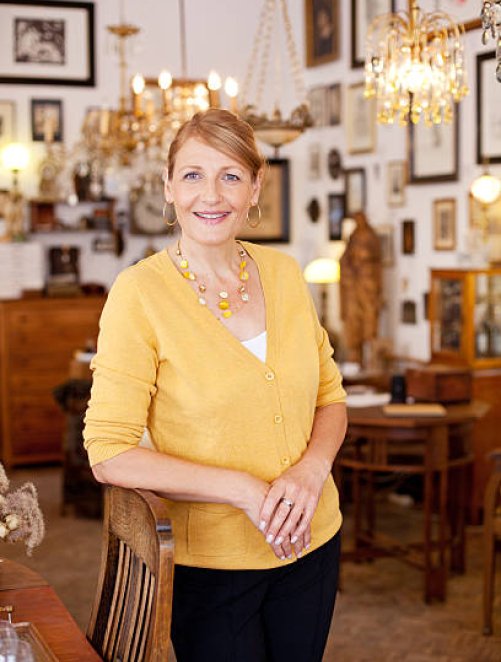
The Marble Bath & The Fountain by Norman Prescott Davies -1910
The 2 pictures are similiar in nature to ones you have described on your website. They are a pair of watercolours by the Artist Norman Prescott Davies, dated 1910. The frames measure 33" tall and 21" across. They have been in my family since my grandparents day. My mother inherited the pictures from my grandmother in 1985 & intern, so have I. My grandfather was born in 1892 & my grandmother in 1904. From what I have been told, it was my grandfather who collected books & works of art. Our family has a connection to the Midlands & Manchester, so it's possible this is where the pictures originated. I am keen to know if they have any Intrinsic value? One thing that is notable, the pictures are in colour. The others I've seen, appear to be in balck & white.
The frames measure 33" tall and 21" across
Inherited
Yes


Hello,
Norman Prescott Davies (1862–1915) was a British artist and illustrator associated with romantic and allegorical imagery, often depicting idealized classical women in lush interiors or garden scenes. His works were popularized through illustrated books, prints, and chromolithographs in the late Victorian and Edwardian eras. The pair titled The Marble Bath and The Fountain appear to be part of a series of genre artworks he produced in the early 1900s, and they likely circulated as limited-edition chromolithographs, photogravures, or hand-colored collotypes issued by printmakers or publishers such as Raphael Tuck or Arthur Ackermann & Son.
Material Assessment and Condition:
Based on the image provided, the works are likely high-quality printed reproductions, possibly enhanced with hand coloring, rather than original watercolors. The presence of detailed tonal modeling and subtle color gradation suggests photogravure or chromolithograph techniques, which were common for Davies’ published works. The frames (33” x 21”) are in keeping with Edwardian design—simple and elegant—and the mounts appear to be original or sympathetically replaced. The condition seems stable, with no visible foxing, water damage, or discoloration noted in the image, which is uncommon for works of this age.






